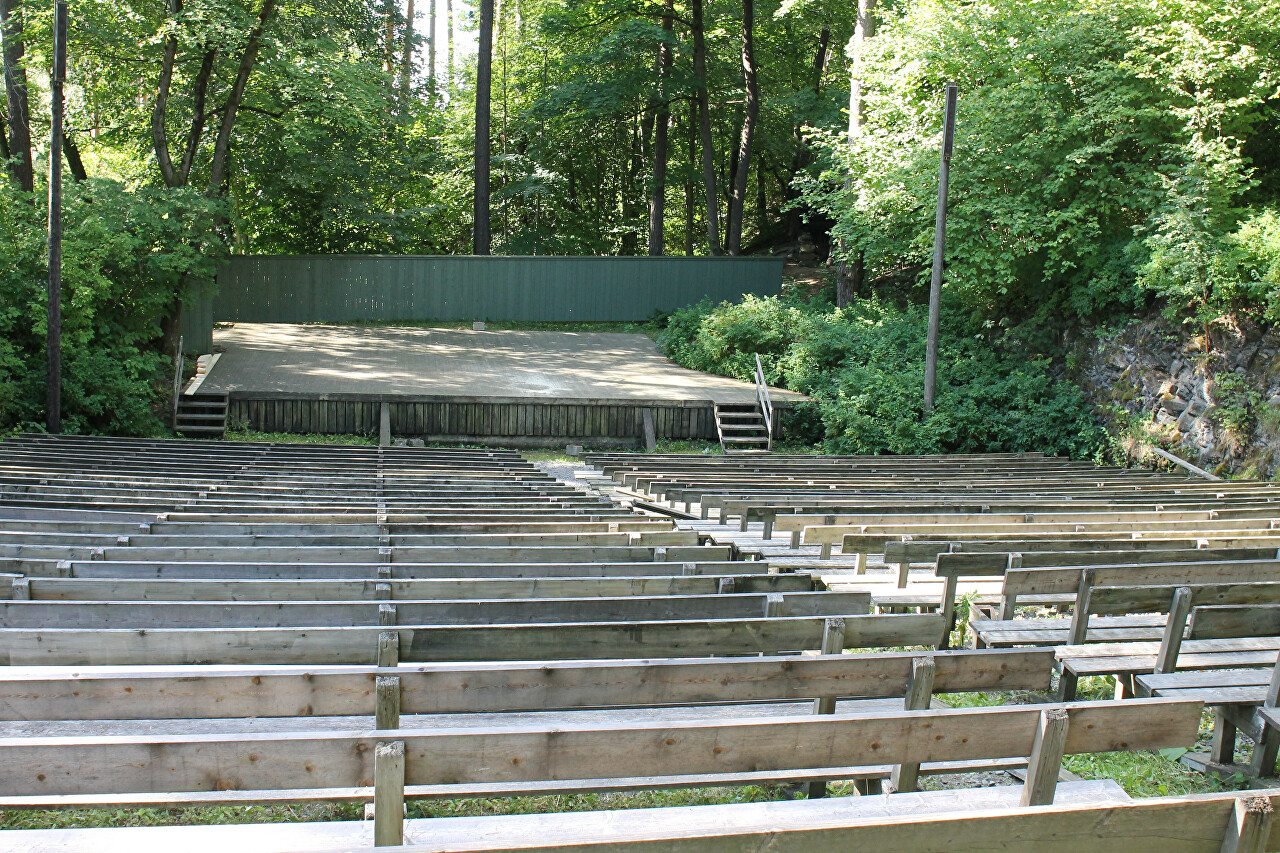Rural School of the 19th Century
Norway is a country of farms and small towns, but even in tiny settlements of a few hundred inhabitants, there were small schools. The Schools Act of 1860 established that each rural district must have a separate school building. This school was built in the municipality of Natås in the province of Westland in 1867 and worked until the early sixties of the twentieth century. By this time, most of the small towns were connected to the district centers by roads, and the children of farmers were able to get an education in large and urban schools with modern equipment. This building was transferred to the Museum of Ethnography in 1967 and recreated in the late nineteenth-century style by 1976.
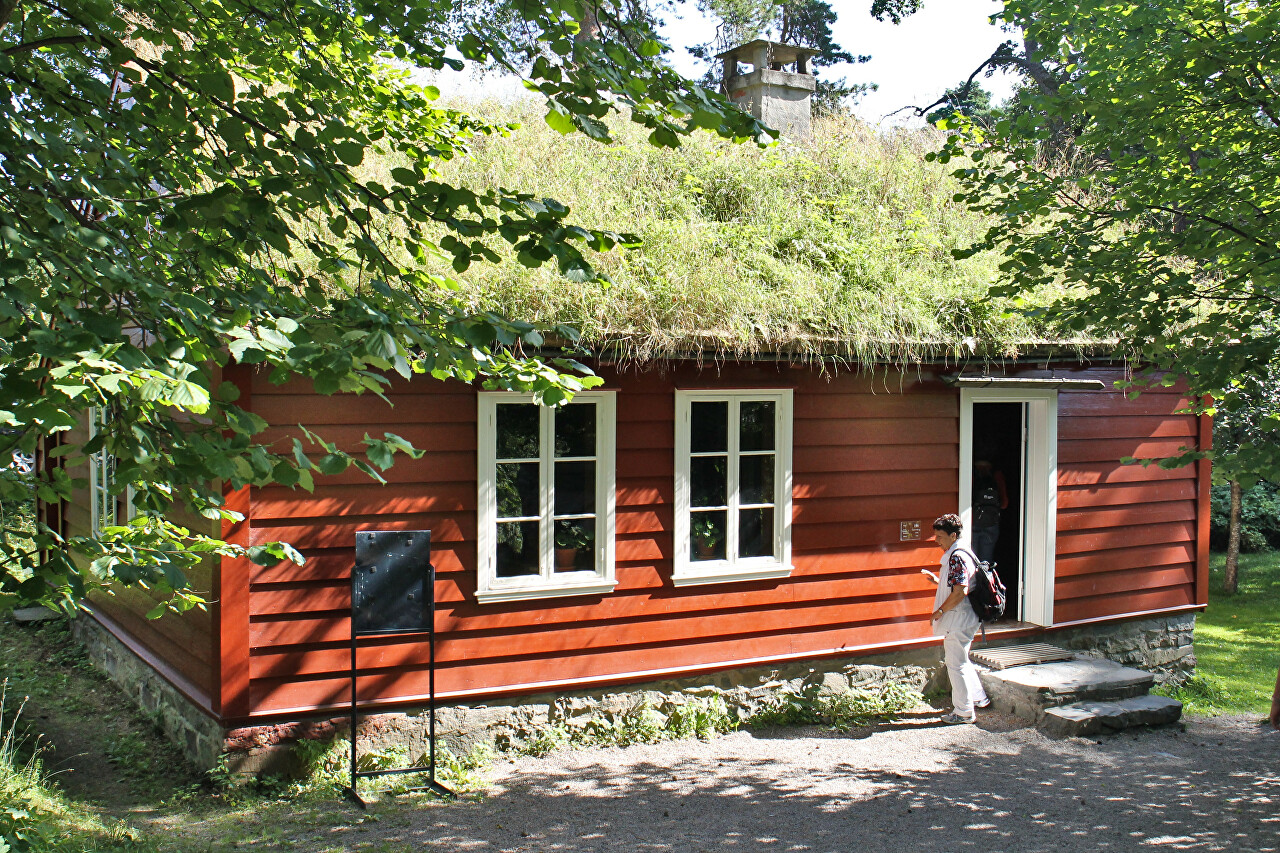
The school had a single classroom with two rows of desks. The boys were placed at the left-hand row of desks, the girls at the right-hand row. On each desk were pencils, pencil sharpeners, inkwells, and small writing slates.
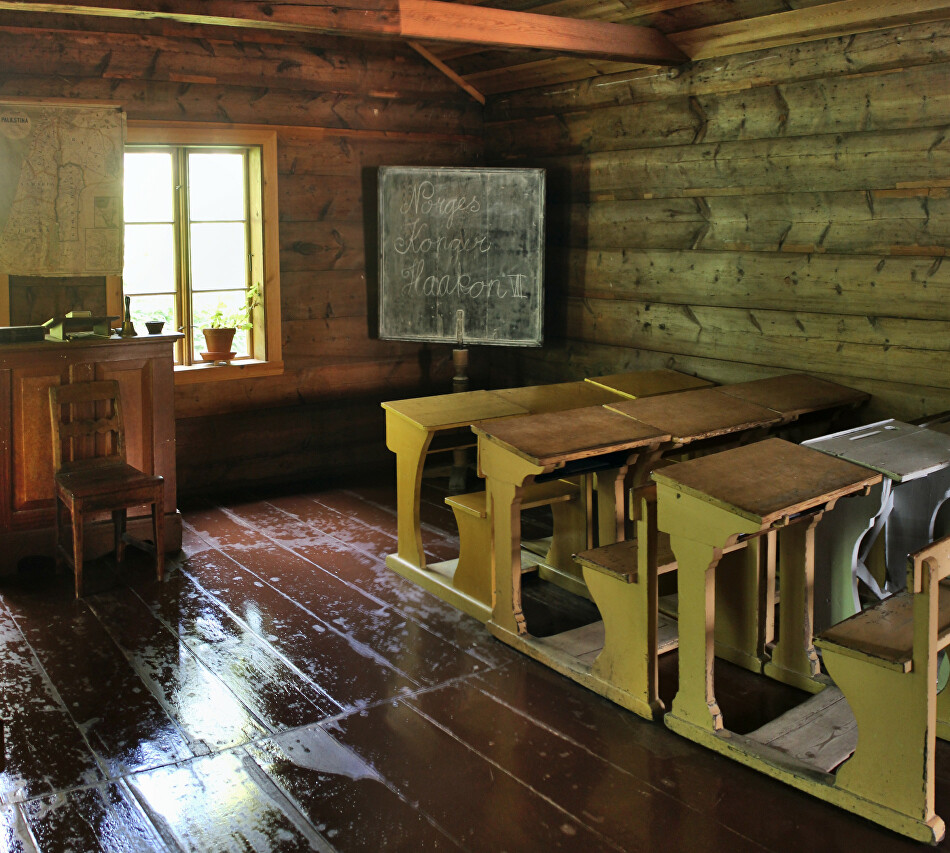
In addition to the classroom and entrance hall, there is a small office space, in which the only teacher of the school often lived.
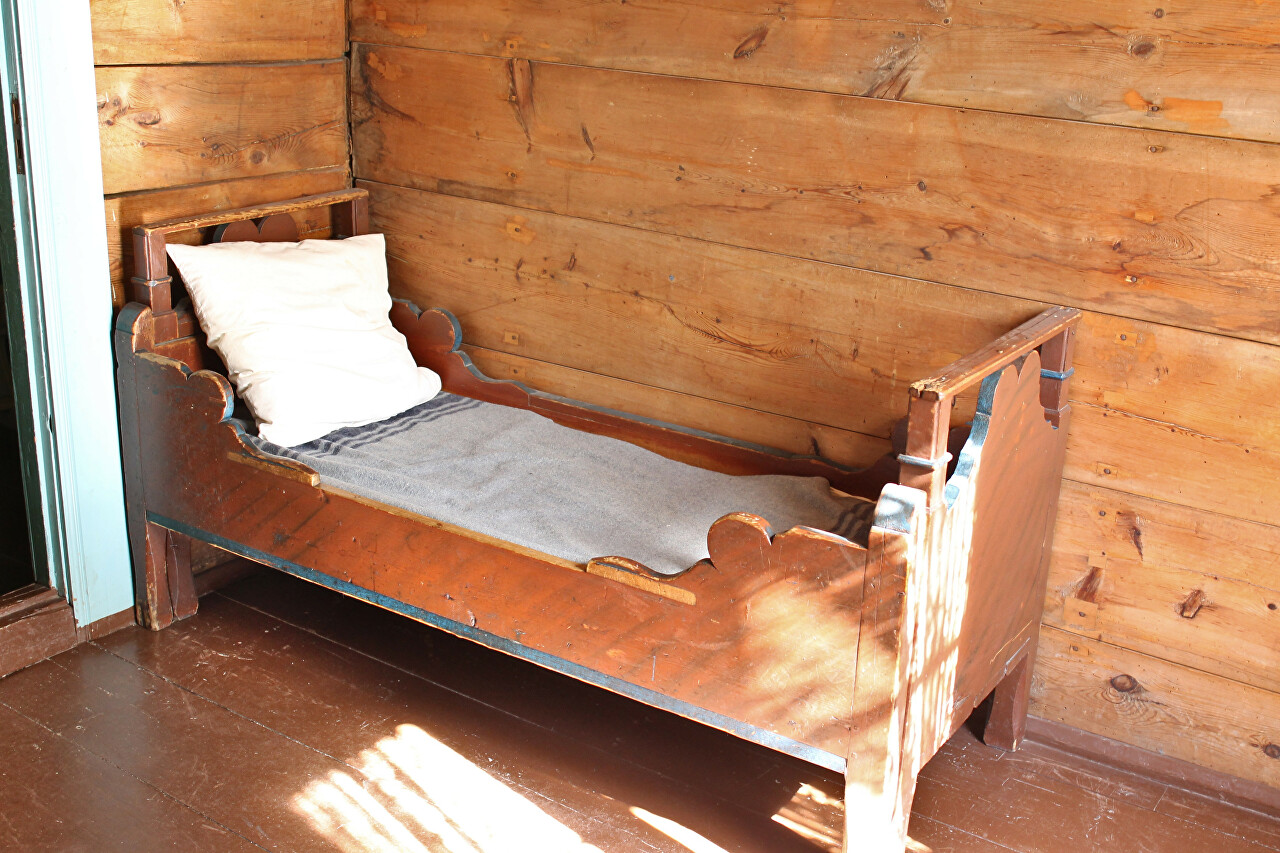
The heating was simple - a stove-fireplace, which heated both the school classroom and the teacher's room.
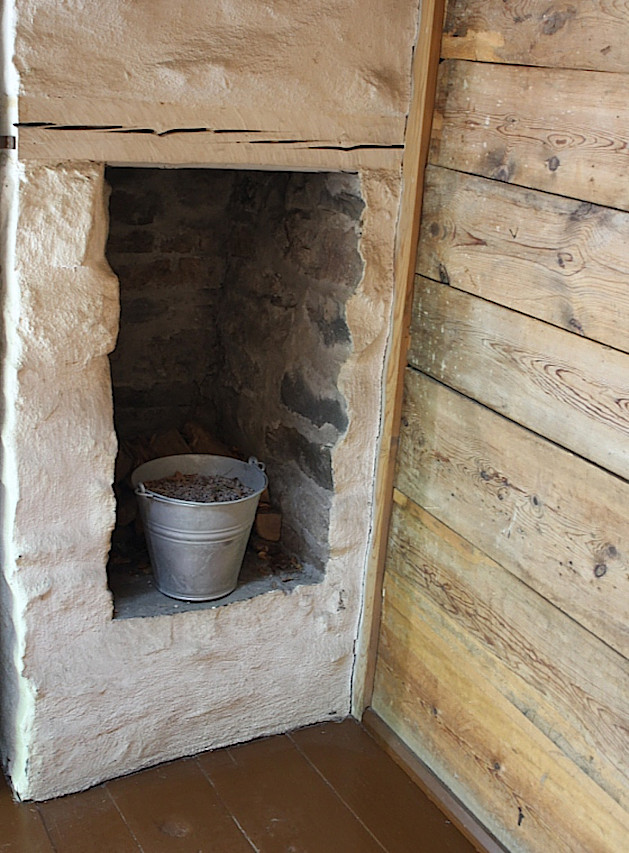
A teacher with students from the Ullensaker community school in western Norway, photo from 1885. Probably, such a class is the dream of a real teacher, which gives the opportunity to fully reveal the abilities of each student.
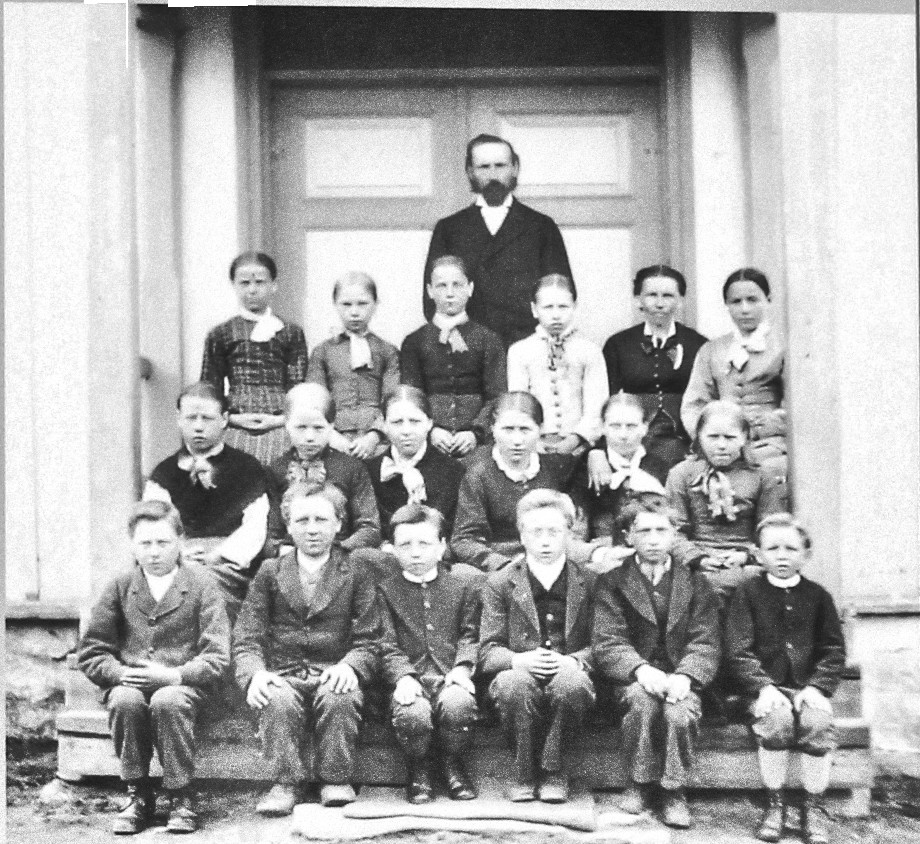
Opposite the school, on the slope of a clearing surrounded by dense thickets, there is a green theater where concerts of folklore groups are held.
